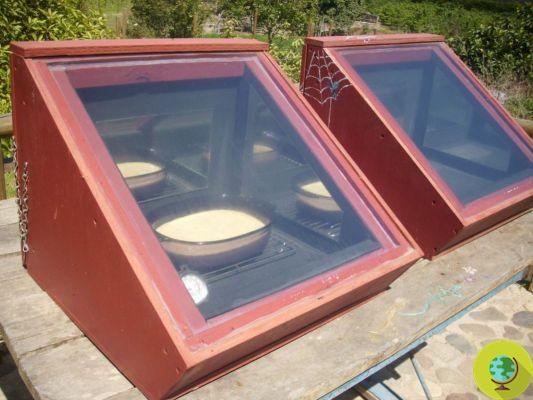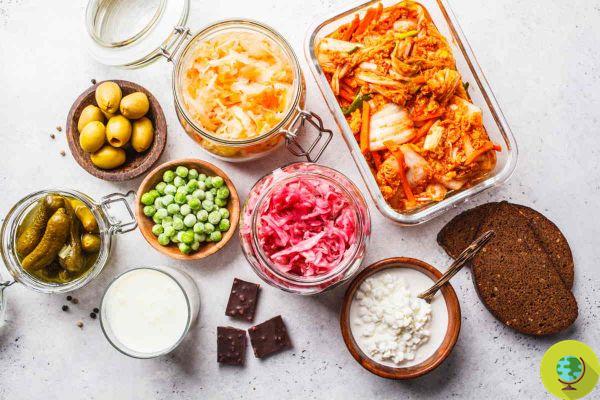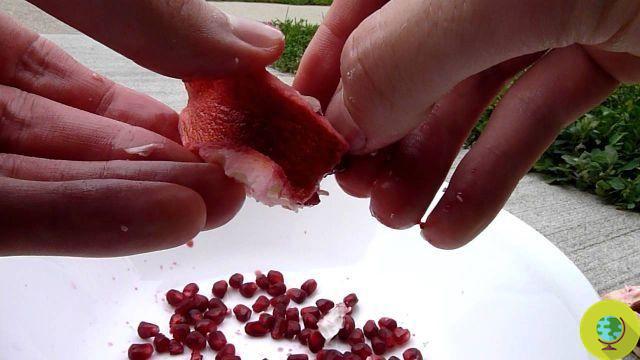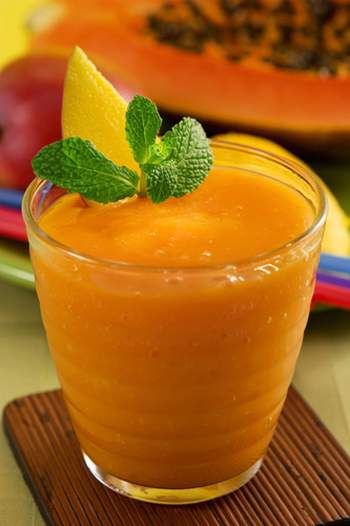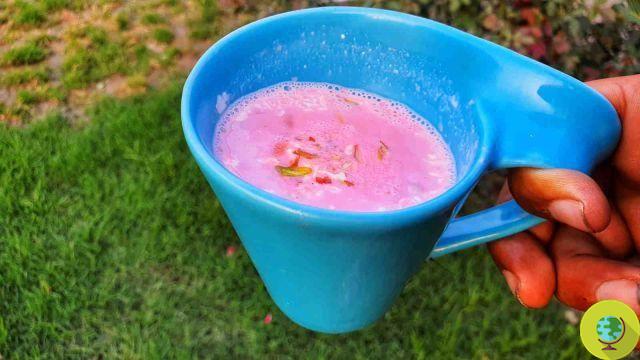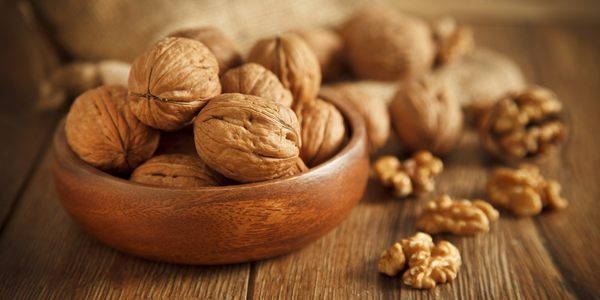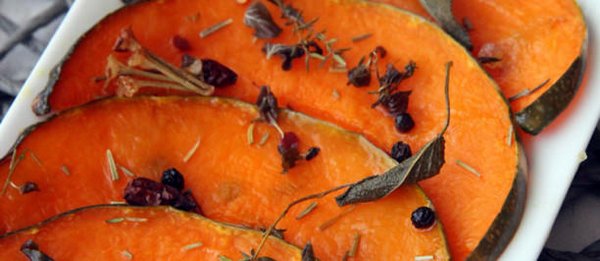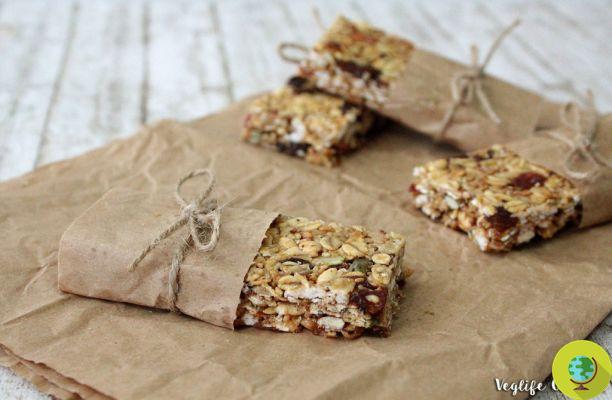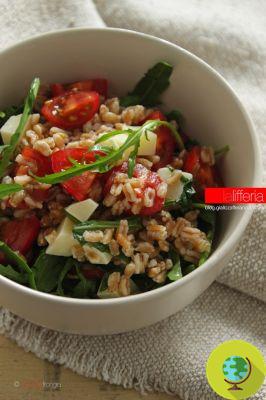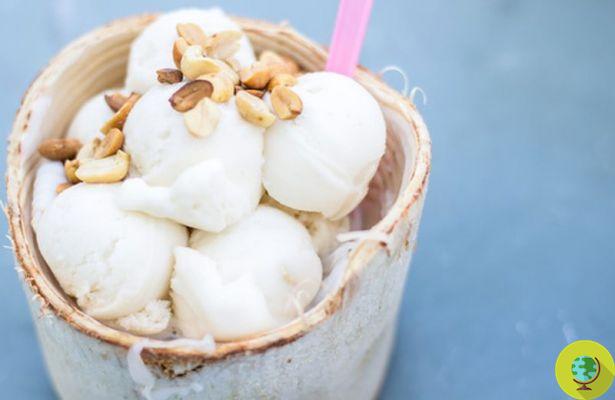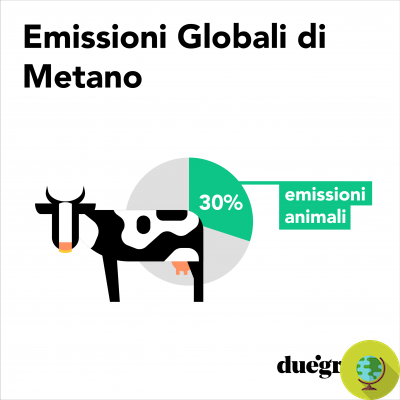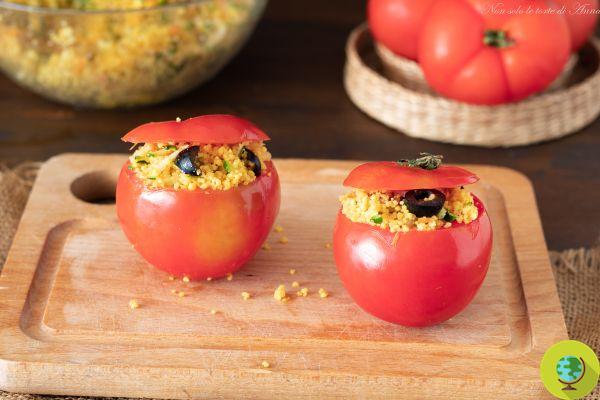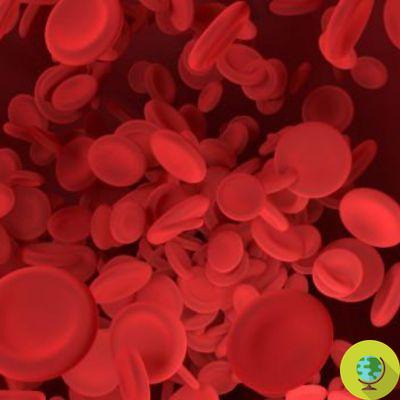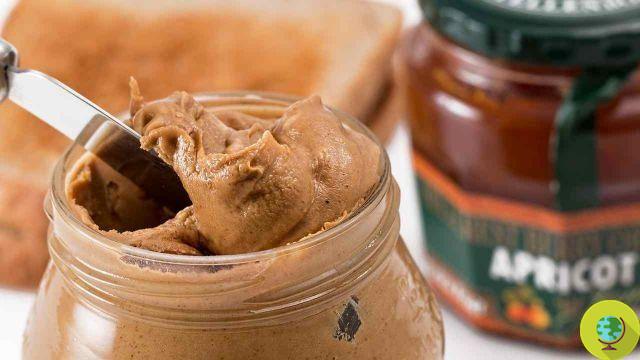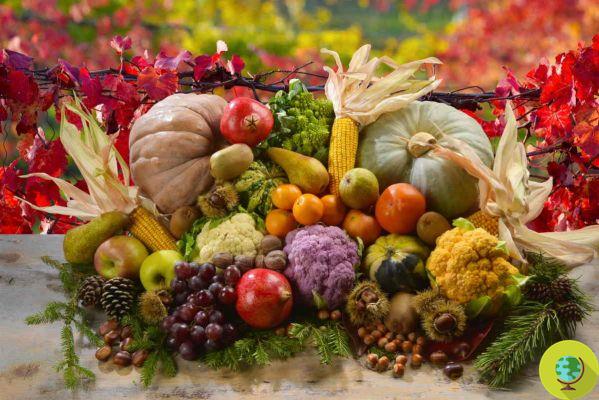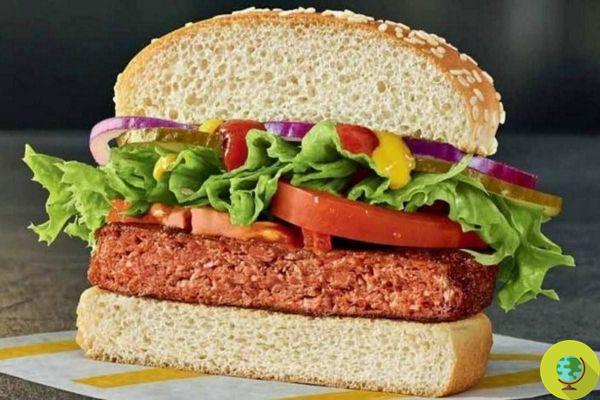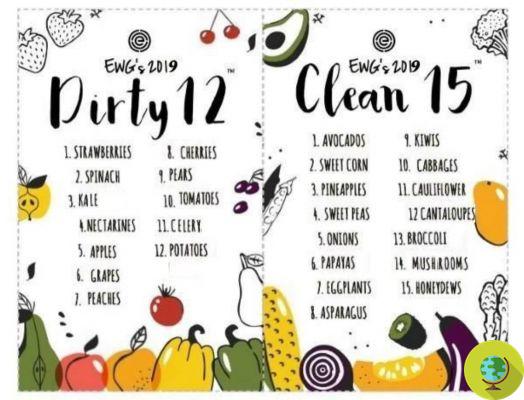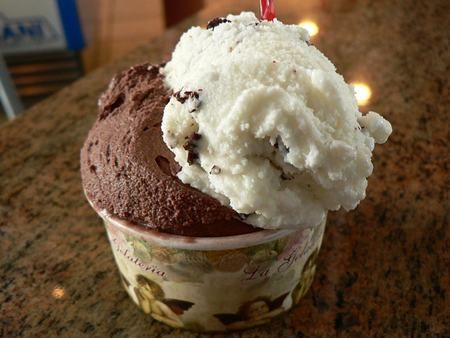Pumpkin, calories, properties and benefits. After discovering the properties of pumpkin seeds, let's now talk about this vegetable which, depending on the variety, can be in season in our country both in summer and in autumn. Pumpkin is widely used in cooking for its delicious flavor, but its extracts have long been known in natural medicine for their beneficial effects on our health.
After discovering the properties of pumpkin seeds, let's now talk about this vegetable which, depending on the variety, can be in season in our country both in summer and in autumn. There pumpkin is widely used in cooking for its delicious flavor, but its extracts have long been known in natural medicine for their effects benefits on our health. Let's find out the properties, benefits and pumpkin calories.
How many calories does pumpkin contain? Pumpkin is a very low calorie vegetable. Indeed 100 grams of yellow squash they only bring 18 calories. We can therefore choose pumpkin as a light side dish and as an ingredient for our autumn recipes.
Pumpkin can be easily grown in our gardens. Its plants give rise, in addition to the fruits we know well, to gods edible yellow flowers which are excellent to be enjoyed raw in salads, as a condiment for pasta, or cooked in a batter composed of water and chickpea flour, or wheat flour and beer.
Pumpkin is a vegetable belonging to Cucurbitaceae family. From its seeds a beneficial oil which can be used in the kitchen as a raw condiment or on the skin due to its emollient and soothing properties. Like other fruits or vegetables with yellow-orange pulp, pumpkin is rich in antioxidants and beta-carotene, a component that can be used by the body for the formation of Vitamin A.
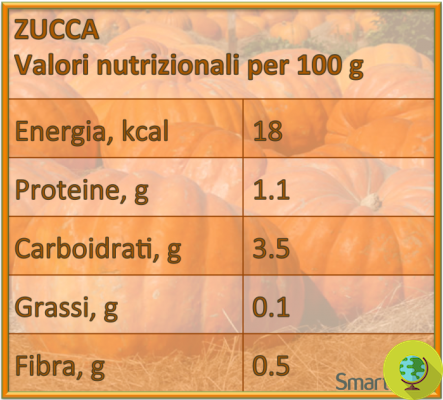
Photo source: IEO Smart Food
This helps our body in the processes of cell regeneration and in delaying aging caused by the passage of time and the wear and tear of skin and body tissues. There pumpkin flesh it contains vitamins and in particular: pro-vitamin A, vitamin E and vitamin C. There is also no lack of mineral salts and beneficial enzymes. Pumpkin can be also consumed the seeds, after having carefully rinsed, dried and toasted them, due to their precious lecithin content, thyroxine, phosphorus, vitamin A and vitamins of group B.
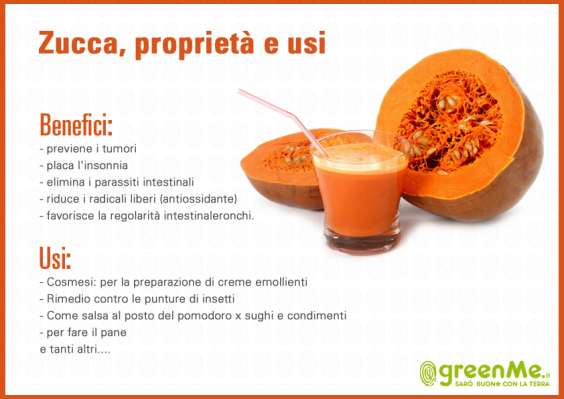
THEoil extracted from pumpkin seeds it is recommended to reduce the amount of excess cholesterol in the blood. In general, the pumpkin, with reference to its pulp, is considered as a protective food against the onset of heart disease, especially due to its high level antioxidant content. Pumpkin has laxative properties and is therefore recommended in case of constipation and intestinal irregularity. The consumption of pumpkin allows to improve digestion and the elimination of toxins in the intestine and liver.
Through the use of a centrifuge, from the pumpkin pulp a great juice, with recognized beneficial properties. Pumpkin juice is indicated in case of ulcer and particular acidity conditions within the digestive system. There natural medicine in these cases, he recommends consuming a glass of pumpkin juice three times a day, an hour and a half before meals. It has also been attributed to preventive properties against tumors.
The consumption of pumpkin juice, and of the pumpkin pulp itself, it is recommended in case of insomnia, since effective sedative properties are attributed to it. The consumption of pumpkin is also indicated by natural medicine in case of hormonal imbalances during adolescence and menopause. The consumption of pumpkin seeds and pumpkin pulp is considered beneficial in the elimination of intestinal parasites, against which it represents a real natural remedy without contraindications.
As far as the external uses, the application of the pumpkin pulp or seed oil pumpkin is recommended in the treatment of inflammatory conditions of the skin, episodes of itching or redness, as well as sunburn or abscesses. Pumpkin is able to soften the skin and counteract the inflammatory process of the mucous membranes. Its emollient properties make it beneficial in case of insect bites. Small poultices prepared with cooked and pureed or simply mashed pumpkin pulp can speed up the healing of insect bites. The poultices will have to be replaced daily, until the signs of the insect sting they will not have completely disappeared.
For theirs soothing and antioxidant properties, both oil and pumpkin seeds are used in cosmetics in the preparation of anti-aging creams or masks suitable for maintaining an always youthful appearance. A soothing and purifying face mask can be obtained by mashing a slice of boiled or steamed pumpkin with a fork, after allowing it to cool. The emollient effect will be given by the pumpkin pulp itself, while the purifying effect will be conferred thanks to the addition of a spoonful of lemon juice obtained from the squeezing of organic or untreated fruit.
Many do not know that the pumpkin can be eaten raw, so that its vitamin content is kept intact. It can be otherwise steamed, oven, stewed or boiled. It is excellent for the preparation of soups and its pulp can be boiled and blended to prepare a sauce for pizza or pasta topping, replacing the tomato sauce. Pumpkin is also excellent in combination with risotto and its cooked and blended pulp can be inserted among the ingredients for the preparation of an excellent homemade bread, which will acquire the characteristic yellow-orange color, as well as an excellent flavor.
Once a pumpkin has been opened and cut, its seeds must not be sown. In fact, they can be rinsed, dried and left to dry in the open air, in order to be able to store them in paper bags and sow them in the spring, starting from April, preferably in seedbed. They can otherwise be toasted in the oven for 15-20 minutes at 180 ° C and eaten as a snack or used as a condiment. Finally, the consumption of pumpkin is recommended as a natural remedy in case of colitis. The pulp must be boiled and crushed to form a puree, which can be eaten as a side dish once a day or used for the preparation of a soup or pumpkin soup from the stand out beneficial properties for the intestine.
Marta Albè
- How to recycle and reuse pumpkin
- Pumpkin seeds: 10 beneficial properties
- Pumpkin risotto
- Seasonal recipes: pumpkin pie (and fridge leftovers)




